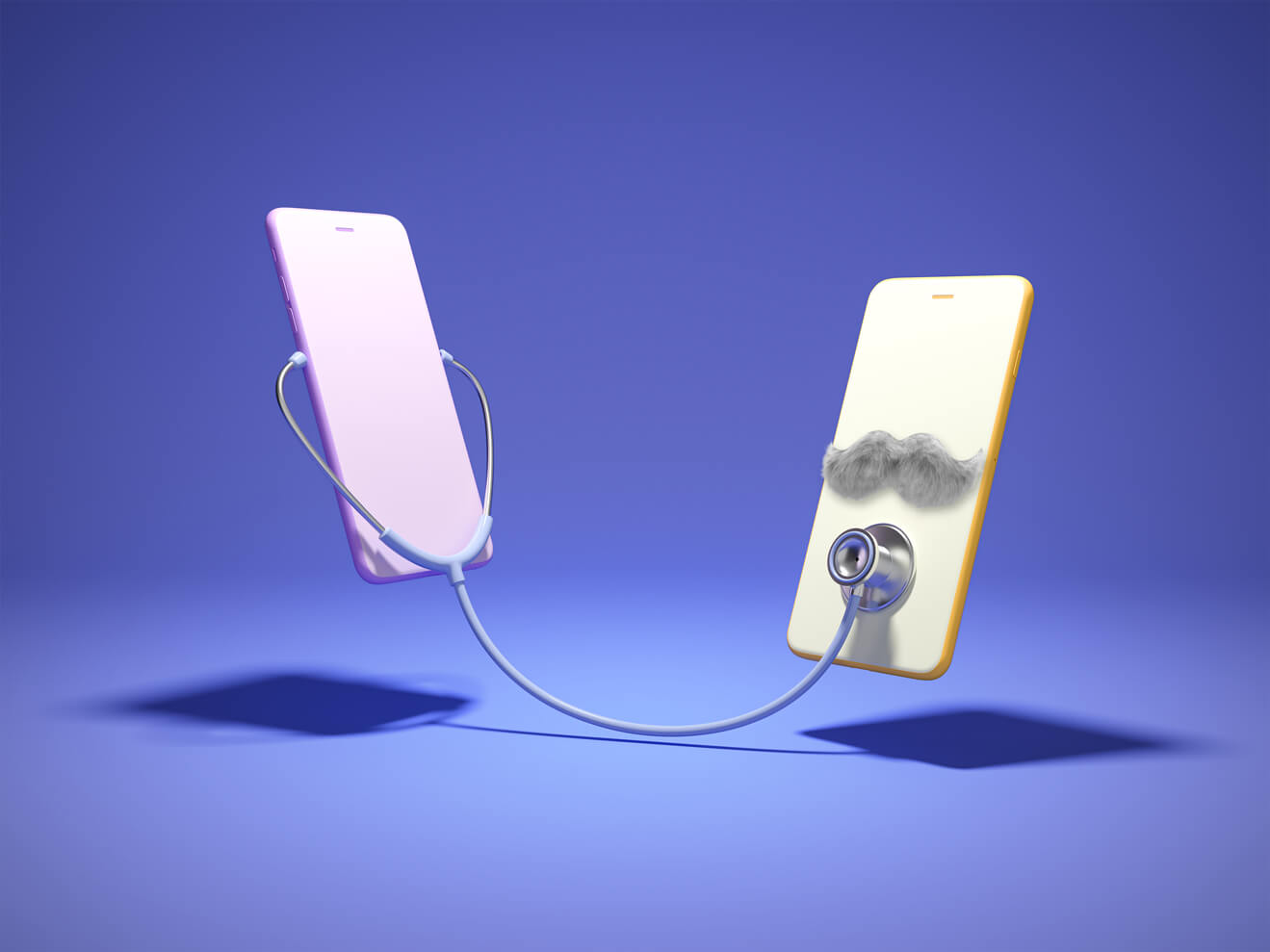Technology promises to transform healthcare—both in patient care and medical consultations. While the days of robot nurses plying along ward corridors remain in the realm of science fiction, telemedicine is for real and it has proven to be one of the best ways to gain access to medical services during the COVID-19 pandemic1. But what is even more exciting is telemedicine’s potential in helping to transform the provision of geriatrician consultation services in Singapore. Here, we learn more about the different teleconsultation benefits.

Making an appointment, finding an accompanying person and arranging for suitable transport—visiting the doctor is a highly coordinated affair for nursing home residents. Comparatively, teleconsultations are easy to set up and convenient to use with little more than a web camera and video call software. Geriatric teleconsultations (telegeriatrics) offer a low-cost and effective option for nursing home residents with limited mobility and chronic illnesses.
POSITIVE OUTCOMES
GeriCare is one such programme introduced by Khoo Teck Puat Hospital (KTPH), Yishun Health, for nursing home residents. Under the programme, geriatric physicians from KTPH and the nursing homes work together to review residents regularly via teleconsultations. To date, GeriCare has already seen results in cutting unnecessary hospital visits for nursing home residents by 33%2. 82% of urgent telegeriatric consultations also successfully averted trips to the hospital emergency department3.
Besides these gratifying teleconsultation benefits, there was yet another factor that appealed to Apphia Tan, third year PhD student at Alice Lee Centre for Nursing Studies (NUS Nursing), National University of Singapore Yong Loo Lin School of Medicine. “I accidentally stumbled upon the GeriCare website while doing research for my PhD project, and I was excited to discover how nurses play a pivotal role in facilitating these telegeriatric sessions. It also dovetailed with my interest in the use of technology in healthcare,” explained Apphia. “As I researched further, I began to see how technology has somewhat changed the way nurses care for patients—if we can embrace technology and these shifts, we can expand nurses’ capabilities to provide better and more holistic care.
“Caring for geriatric patients is complex. Often, these patients have multiple co-morbidities and their health issues go deeper than physical causes. Social factors such as physical and social environments may also affect their physical conditions. It is therefore common for geriatrics-trained nurses to work with an interdisciplinary team to provide care in all care settings.
“Telegeriatrics is no exception—so as part of my PhD project, I wanted to investigate how nurses’ roles change in this setting, as well as theirs and physicians’ experiences of interprofessional collaboration during telegeriatric consultations.”
NURSES AS EYES, HANDS AND EARS
In her project, “Interprofessional collaboration in geriatric teleconsultations: An exploratory qualitative study,” Apphia and her team interviewed 16 registered nurses and six physicians.
“Nursing home nurses are responsible for providing holistic care to nursing home residents—and where telegeriatrics is concerned, their role is extended. During telegeriatric sessions, nurses essentially act as the eyes, hands and ears for the remote physician. They need to collate relevant information, perform comprehensive assessments and independently present them to the physician over videoconferencing. As physicians rely on the accuracy of the nurse’s assessments for their clinical decisions, both nurses and physicians agree that building a relationship of trust is key to making telegeriatrics work,” she said.
However, proceedings may not always be smooth sailing. “We found that differences in expectations and even communication styles are obstacles to successful collaboration. For example, while nurses worried that their assessments were not thorough enough, physicians might prefer that nurses went straight to the point.”
Apphia shared, “Both nurses and physicians have different professional cultures and approaches to care. It probably explains why nurses and physicians come to the telegeriatric sessions with such differing expectations. Left alone, these differences could lead to greater miscommunication and dissatisfaction down the line—potentially dampening the benefits of telegeriatrics.”
EFFECTIVE INTERPROFESSIONAL COLLABORATION
Having presented the project at the Singapore Biomedical Health Congress 2022, Apphia is already thinking of the next step. “It was humbling to win the Bronze award under the student category, and a great opportunity to share about telegeriatrics and learn from other researchers,” said Apphia.
Apphia continued, “Now I’m working on the next phase, which is developing guidelines for nurses involved in telegeriatrics. Hopefully, with clearer standards of practice, this could pave the way for more role clarification, better ease of communication and enhanced collaboration.”
She also expressed a hope for more opportunities to cross-train with other healthcare professionals during pre-registration years. “Besides helping future nurses understand the roles of other healthcare providers, this could also build confidence and a team player attitude that allow them to work effectively in clinical settings, when they step into their roles as registered nurses.”
1https://www.channelnewsasia.com/business/telehealth-gets-boost-covid-19-pandemic-706046
2http://www.lienfoundation.org/sites/default/files/SafebutSoulless_0.pdf
3https://pubmed.ncbi.nlm.nih.gov/34495751



